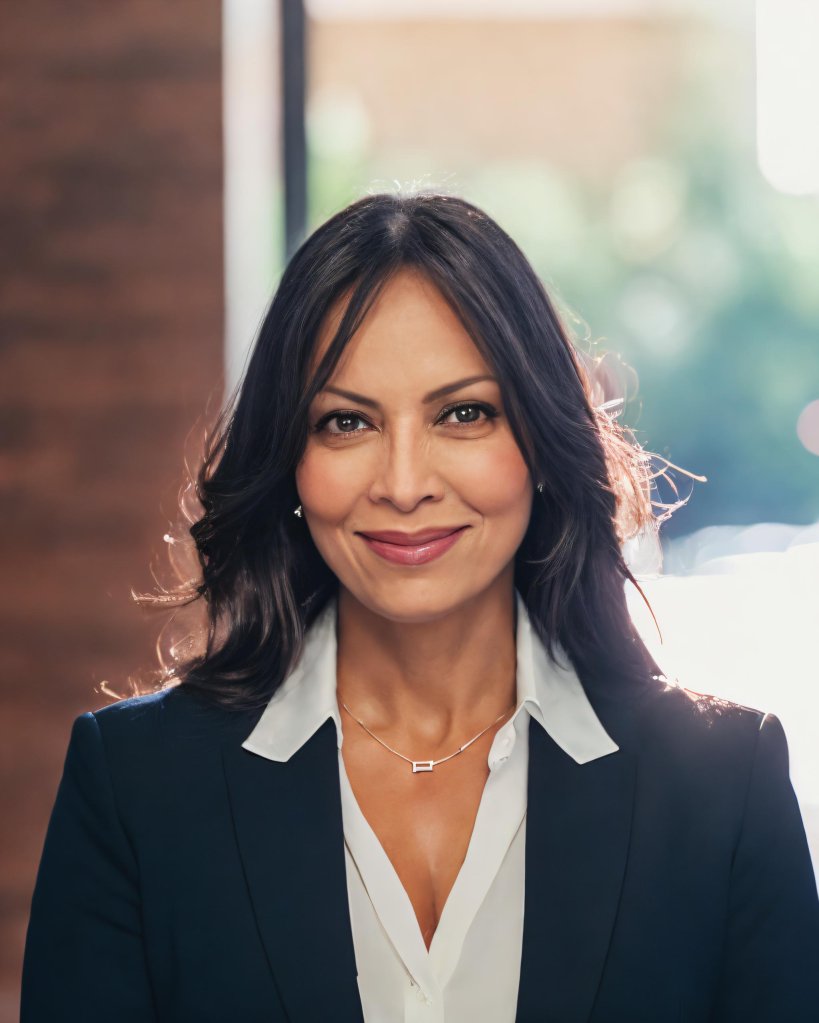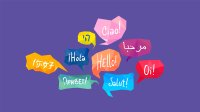What It’s Like Leading a Dual-Language School
See how one school leader creates responsive and constructive spaces for English language learners at a dual-language elementary school.
Research supports the role of dual-language education—students’ full immersion in two or more languages across areas of instruction—in supporting social, emotional, and academic growth, as well as cultural competency.
But the model is often thought of as beneficial for English-speaking students, a way to expand their academic and cultural horizons, rather than a critical tool in equity-centered learning—a way to provide educational access to students and families whose native languages are not English.
To better understand what it takes to lead a dual-language program primarily for English language learners (ELLs), I spoke with Dr. Liza Burrell-Aldana, 2023 Washington Post principal of the year and leader of Claremont Immersion Elementary School in Virginia. In fall 2023, she launched an 80/20 dual-language program in grades K–1, meaning 80 percent of instruction is in Spanish and 20 percent is in English; the rest of the school operates on a 50/50 model.
Born and raised in Colombia, Burrell-Aldana came to the United States for her undergraduate education and became committed to understanding the inner workings of the U.S. public school system to create responsive learning environments where ELLs, especially newcomers, can succeed.
We discussed strategies for leading a dual-language school and some ways administrators can support ELLs in any school.
BRITTANY COLLINS: What is it like leading a dual-language program?
LIZA BURRELL-ALDANA: At times, we think about bilingual education as something that is just nice to have as part of your toolbox. But the purpose of dual-language programs is to provide access, not only to educational services, but to what the school system means to families—the possibility to connect with teachers, the administration, in the best interest of kids. We need to have a specific, special type of passion for these programs and believe in the benefits that they bring to our students.
Fifty-seven percent of my current population is Hispanic; 34 percent are English learners. Parents feel comfortable coming to school programs because they can communicate, they can access parent education programs.
Not every teacher, not every administration, has that knowledge, that full understanding that this type of program really makes a difference. Even though the purpose of dual-language education is the same across districts, it’s understood differently. That has changed a lot of aspects of my leadership. Professional learning, using research, going back to the purpose—all of that has to be approached differently. Not with “Here’s the data, and we have to do it?” but with “Let’s go back to the foundation. Why are we here? What are we doing? Who are we doing it for?”
We’re in a high-performing school division, but look at the number of students who are not performing—they are actually the ELLs, the reason for these programs. Let’s go back to the purpose.
COLLINS: What strategies are most helpful when you’re working to communicate that broader purpose to your staff?
BURRELL-ALDANA: Listening a lot, learning, and staying true to myself as a leader and to the purpose; having lots of one-on-one conversations with teachers; identifying those teachers and teacher-leaders and community leaders who can explain that purpose; identifying key players in the school that are open to more than change, to transformation; and observing everything from the perspective of finding the purpose for what we do. That approach is more strategic, more transformational from the inside.
The only way that we can transform schools is to have a plan, to build relationships, to have effective ways to communicate our vision and mission. To try to understand where we are all coming from.
Professional development comes with that. I attend the PLC meetings, the book studies.
We’re having great discussions around the program and purpose. It’s been seven months, and every week, I see teachers interacting more. I see them coming to this very rich conclusion around the purpose for dual language programming. Especially after the pandemic, we can’t be teaching like we used to 15 years ago. The needs are different. And there are so many wonderful instructional practices that are research-based for dual-language programs; if we don’t stay up-to-date with them, we’ll end up doing what we used to do years ago. That was good for some, but not for all.

COLLINS: What advice do you have for leaders of dual-language schools, and for leaders of schools that are not dual language but want to do more for ELLs?
BURRELL-ALDANA: Stay up-to-date with best practices. There are sheltered language programs that used to be popular 10 or 12 years ago. Now we have new programs, like GLAD—the Guided Language Acquisition Design Model. This type of strategy is highly effective because it’s more interactive.
These programs allow for more student discourse, which is what we want. When we have second-language learners in our classrooms, we want them to use the language to develop their skills. If we’re not hearing them, if they’re not practicing the language, they’re not really using it. And that’s what we’re seeing with ELLs in very traditional pull-out settings; they’re not having access to general education settings. They do drills one-on-one with a teacher, but in the general education setting, they don’t have, for example, visual representations around them that they can access to support their language development.
For all of us who grew up bilingual, or who had an opportunity to become bilingual, it wasn’t just because we were pulled out and put somewhere else with one person, it was because we were immersed, participating. And that takes time. We need to expose children to that reality; otherwise, we separate them and the gap becomes wider and wider, and then we wonder why it never closed.
Trust the process. Students need to be provided services, but we also need to give them an opportunity to be in general education settings with scaffolds and support. That’s the only way they will build their confidence to use the language.
COLLINS: Are there any issues that you feel are not talked about enough regarding dual language or ELL education?
BURRELL-ALDANA: Equity. Equity has to be part of the conversation. It’s very brave to bring the conversation to the school division, because it can be misunderstood. It can shake a lot of people, because you’re being confronted with “Is what I’m doing really something that is benefiting all? Or am I just teaching to some, just leading for some? Am I really responding to all families?”
That discussion doesn’t happen everywhere. It takes courage, and it’s not easy. It requires professional development and courageous conversations—and it requires a lot of patience, too, because bias exists in education. It exists in society. We all have it. We don’t want to hear it, because [we think], “I don’t discriminate. I’m not a racist.” But we need to be aware of how our bias, our perceptions, can impact what we do, how we deliver services, how we communicate with families, with each other.
It has to become a topic in PTA meetings and all-team meetings. In my conversations with the PTA, I’m always going back to “How is this aligning with the purpose of the program?” With my staff, I list the five questions that should drive decision-making: Is it equitable? Is it in the best interest of the child? Is it in the best interest of the program? Is it sustainable? Is it ethical?
COLLINS: How do you support the social and emotional well-being of ELLs and their families?
BURRELL-ALDANA: We’re a RULER school, which is a social-emotional learning program, and the beauty of RULER is that it starts with the adults in the building.
For ELLs, especially when they’re newcomers and they don’t really understand the system, and they’re struggling with learning the language, there [can be] some behavior issues. And sometimes those behavior issues mask [discomfort]. It can be very challenging for their families.
The beauty of our program, though, is that teachers who are bilingual can help families understand the system, provide parent education, and have phone calls in the parents’ native language. Maybe 70 percent of my staff is bilingual; our office staff is all bilingual. We have a bilingual family liaison, and I, as principal, am bilingual. When a phone call needs to be made, it’s not just the language line. I can connect with families, not only at the academic level, but also in that emotional aspect of learning.
Certain roles are critical in a dual-language school—the social worker, school counselor, and school psychologist, in particular—and they need to be bilingual. They need to be able to communicate with families from diverse backgrounds. They’re truly the face of the school.
We have a Latino parent group; every Tuesday, they come together to volunteer, make material for the classrooms, or support school activities. They get parent education sessions. That’s a great way to build community. And when the principal is part of that, the parents see you as the leader of the school, and they see you participating, supporting it. It gives them an opportunity to interact with the leadership, to share concerns and suggestions, or to celebrate. It’s important to be visible.
This interview has been edited for brevity, clarity, and flow.
